It’s also worth mentioning that in the past 25 years, MicroStrategy grew by 1,570%, while Microsoft grew by 1,467%. If that’s not impressive enough, here’s another interesting fact: since adopting its Bitcoin strategy, MicroStrategy has surpassed even Nvidia, the world’s most valuable company, valued at $3.5 trillion.
A small hook here: the company’s revenue has remained the same, and the number of employees hasn’t significantly changed. The only thing that grew was the company’s market value, which increased fifty-fold. Wondering how this happened? Stay with us in this article series as we analyze one of the most profitable yet controversial decisions in the financial world.
MicroStrategy began as a company developing software for business analytics. It was founded in 1989 by Michael Saylor. The company grew rapidly, and by 1998, after going through the Initial Public Offering process, it became a public company. Its shares started trading on the stock market. Given that the company has always focused on the digital world since its inception, it’s no surprise that MicroStrategy decided to shift its reserves from cash to Bitcoin exclusively.
Michael Saylor believes that Bitcoin’s significance as a revolutionary new technology rivals the discovery of fire or electricity. As a result, MicroStrategy decided to borrow billions of dollars, mostly through convertible bonds, to purchase as much Bitcoin as possible. The company also began selling its shares to buy more Bitcoin. This strategy has made MicroStrategy the company with the largest Bitcoin holdings, owning over 1% of the total circulating supply.
As of the latest data, MicroStrategy owns more than 250,000 Bitcoins, valued at around 22 billion dollars based on the current Bitcoin price of approximately $90,000. Michael Saylor views MicroStrategy as a long-term Bitcoin investor, using both borrowed and its own funds, with no intention of ever selling any of its Bitcoin. The core of this strategy rests on the belief that Bitcoin will become the primary store of value on the internet.
Saylor believes Bitcoin is the best asset for long-term value preservation. Two key pieces of data support his claim. First, Bitcoin’s price has risen from less than $1 to $90,000 in just over 15 years. In 2020, MicroStrategy generated total revenue of half a billion dollars. Meanwhile, in nearly the same period, the value of its assets grew by $2 billion, solely from purchasing Bitcoin.
This leads to a seemingly absurd conclusion: despite employing 2,000 people with vast knowledge and experience, MicroStrategy generated four times less value (in revenue, not profit) in one year than it did simply by holding Bitcoin, which requires no effort. While the situation is more nuanced, this example clearly demonstrates the effectiveness of MicroStrategy’s adopted strategy.
To better understand the brilliance of this move, let’s hear Michael Saylor’s perspective on it. Below is his speech with minimal additions by the author¹:
In March 2020, we had a publicly traded company with a market capitalization of $1 billion, $550 million in cash reserves, and $500 million in annual revenue. The stock price was low. The investment community’s stance was that cash generates zero return, and interest rates would remain at zero for the next several years.
The cost of capital was traditionally the S&P 500 index, with an average of 10% annual return over the past 100 years. But by the second quarter of 2020, it became pretty clear that the S&P 500 would increase by 30% compared to the previous year. The price of capital tripled. We essentially had a negative real return of -25% on the $500 million and were on track to destroy $250 million in shareholder wealth.
Meanwhile, if 2,000 people worked as hard as they could, we could generate only $75 million in cash flow available for new investments. What I saw was that we were on this inflationary treadmill, where everyone working as hard as they could, doing everything right, would generate $75 million in value, while we would destroy $150 million in value just by holding cash. And that was frustrating.
It was clear from the start that we were not a high-growth digital monopoly like Google or Facebook, which could grow 20% a year, or Amazon, which had endless amounts of money and influence. If you’re a low-growth company, growing at 2%, 3%, or 4% per year, and the money supply is increasing by 20% annually, you can’t stay in the game for long.
We realized that if we bought back our shares and returned all $500 million in cash to shareholders, our stock would fall from $120 per share to $60 per share. We wouldn’t have available capital. Stock options for employees would be called into question. We would lose all our employees. Our revenues would be negative. Our cash flow would be negative. We wouldn’t have any assets, and that would be the end.
So, if we held cash, it would be a slow but certain death. Essentially, we’d be losing $100 million in shareholder value each year while earning $50 million. We could survive that way for maybe a decade. The stock was dead, trapped money. We were a public company, and I thought that was a problem. So, our choice boiled down to fast death, slow death, or taking a risk. Keep in mind that throughout most of 2020, many companies went bankrupt.
Everyone in the production and services business was in trouble due to lockdowns, bans, movement restrictions, etc. While the real economy was collapsing, the vast majority of newly created money went into the stock market. Although panic initially arose, the stock market quickly recovered when the Fed loosened monetary policy.
That was the crucial moment when I realized that if you are a company with valuable assets, loose money supply, or loose monetary policy with an expansion of the money supply and low interest rates is beneficial for you. But if you’re working for future cash flows through production or services, the loose money policy is extremely harmful.
So we decided to try turning dead assets, i.e., cash, into assets that would grow faster than the money supply. The question became, what could that be? I wondered if we could buy $500 million worth of real estate? Or $500 million worth of art? Or maybe $500 million worth of gold? What if we bought $500 million worth of stocks? Given that MicroStrategy is a public company, we are prohibited from holding more than 40% of our assets in the securities of other public companies.
We thought a lot about gold, and then we discovered crypto and came up with the following idea: What if we could design crypto-gold? I think Satoshi Nakamoto designed Bitcoin as perfect digital gold, not as a global digital currency. You can think of Bitcoin as digital gold, digital property, digital money, or digital energy. To that end, we asked ourselves: What if we took 6 billion ounces of gold and said we would reduce the amount and limit it to just 21 million ounces, which we would place in the digital world and divide into 8 decimals, i.e., 100 million units?
Now, there are only 21 million virtual ounces of gold, forever eliminating gold mining and the increase in the gold supply. And then, what if we said we could program digital gold and put it on a mobile? Even better, what if we could move it in seconds? For example, a billion dollars of digital gold moving on a blockchain network with a cost of just a few dollars and taking a few minutes?
But that billion dollars of digital gold, moving on Layer 2, i.e., the Lightning Network, moves in seconds at a cost of just a few cents. And that billion dollars moving on Layer 3—such as Coinbase, Cash App, or Binance—moves in milliseconds for a cost approaching zero. We immediately recognized the incredible potential and superiority of digital gold over physical gold.
Also, anyone can personally hold a billion dollars of Bitcoin (or any other lesser or greater amount). On the other hand, no one can independently hold a billion dollars of physical gold; it’s implied that this task would be entrusted to specialized intermediaries, and we would have to place trust in them, with all the risks that entails. In other words, physical gold is dead money. It’s sitting in a vault. You can’t generate any yield or passive income from it. Moreover, it’s impossible to improve gold in any way to maximize returns.
The conclusion we reached is that perfect gold should actually be portable money in bearer instrument form. Bitcoin was not only that, but it was also in digital form, transformed into digital property. And when we saw that, we thought: We really want gold, but besides that, we also want a big network, like the ones only tech monopolies have. It’s like we want Facebook’s or Google’s money network.
Drawing from personal experience from about a decade ago, when I said the world would be transformed by networks of a billion people, backed by companies like Apple, Google, Facebook, Amazon, I recognized that history may not repeat, but it certainly rhymes. They made the digital transformation of retail, maps, music, messaging, and relationships.
The platform business model turned out to be a pretty good idea because you have a billion people in the network, and you could practically sell any product or service to them at near-zero marginal cost. Thanks to this model, the world as we know it has been changed. And along the way, I made a huge amount of money simply by buying shares in the mentioned companies and holding them for 10 years.
Essentially, all the top tech companies rest on products and services that everyone needs, which no one could stop, and which at first, very few people truly understood. For the transaction that earned me $500 million, I spent 15 minutes. On the other hand, running MicroStrategy took countless hours with significantly less financial compensation.”
In the next part, we will continue to explore what were the other reasons for choosing Bitcoin as a supreme asset class on its own and we will delve into MicroStrategy’s genial financial engineering.

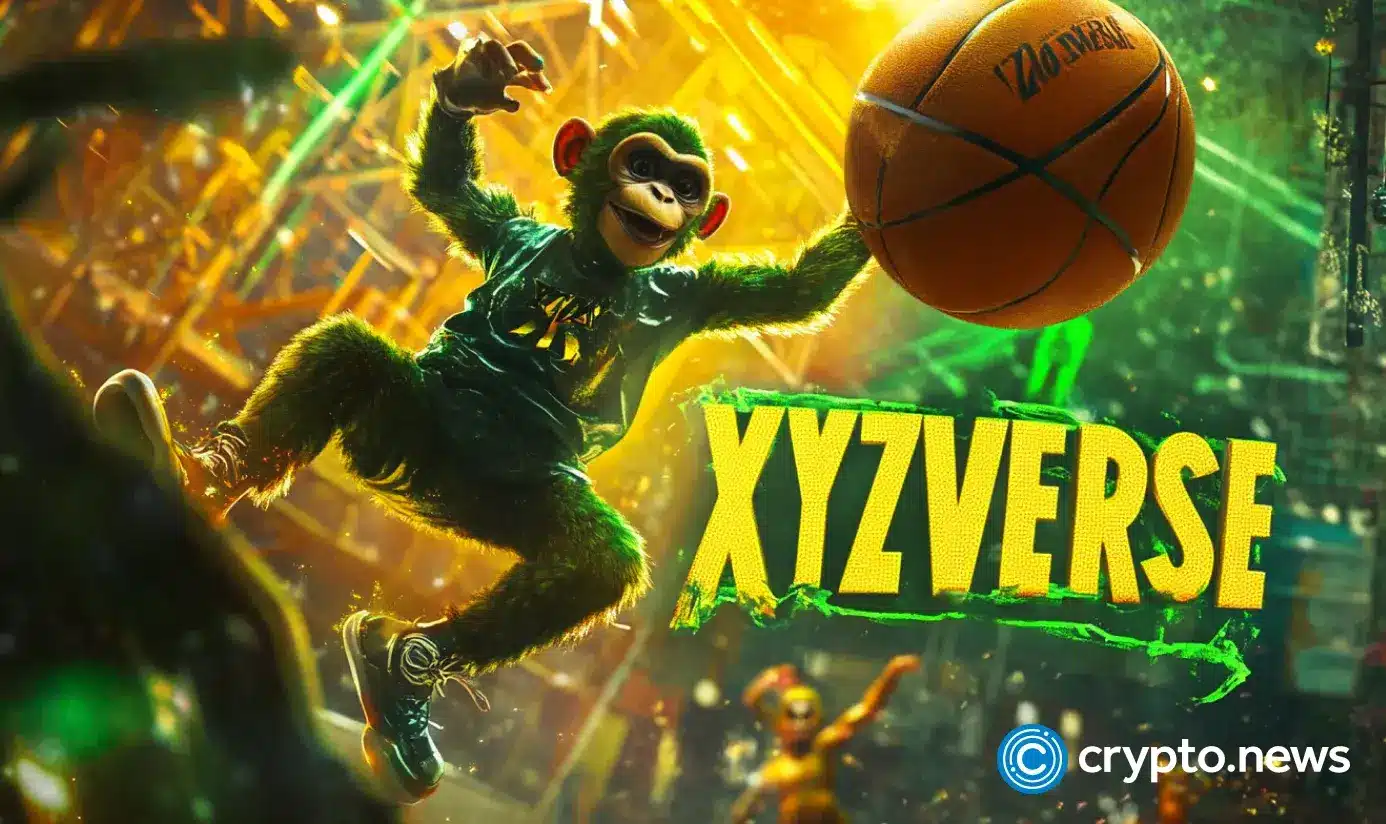
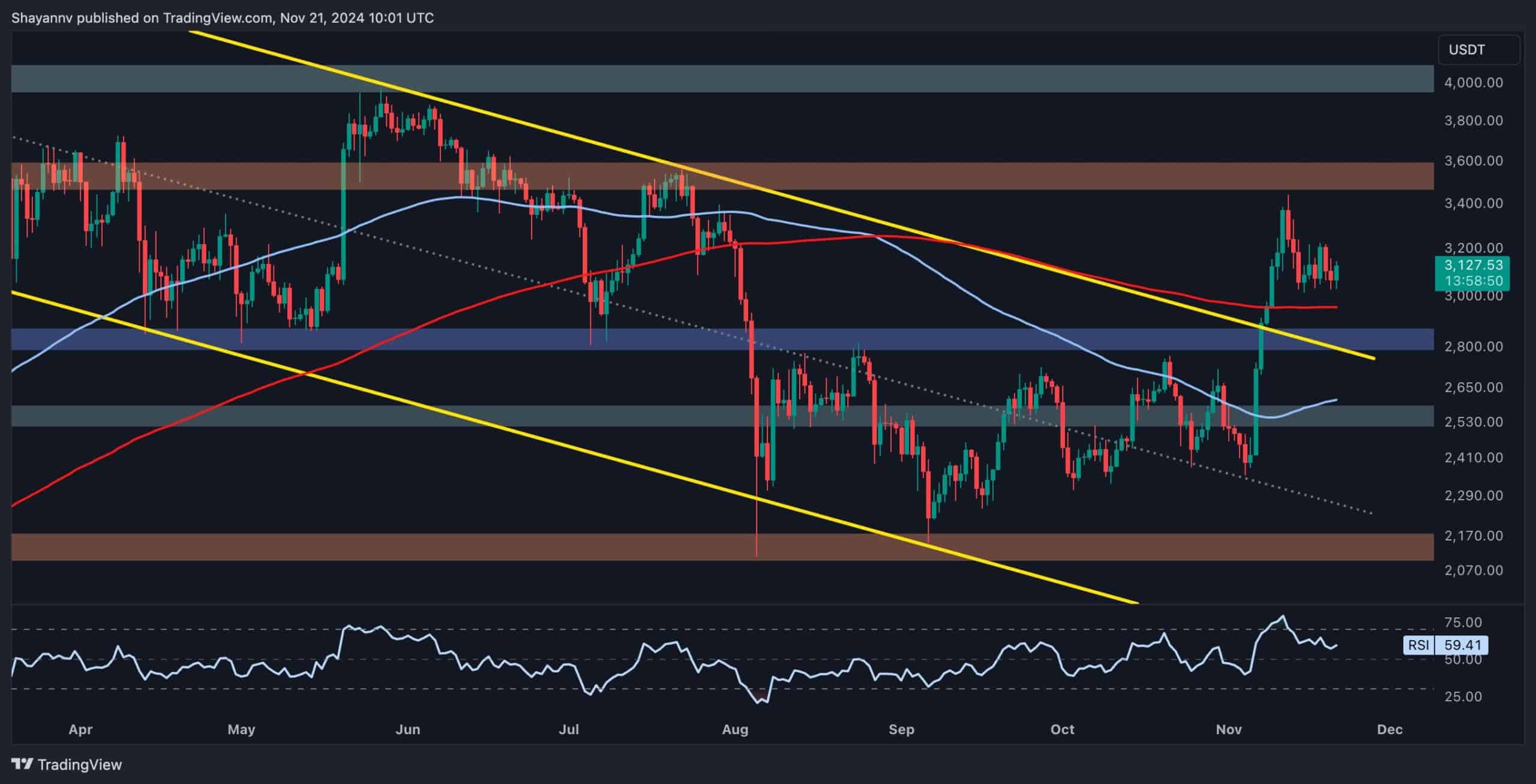


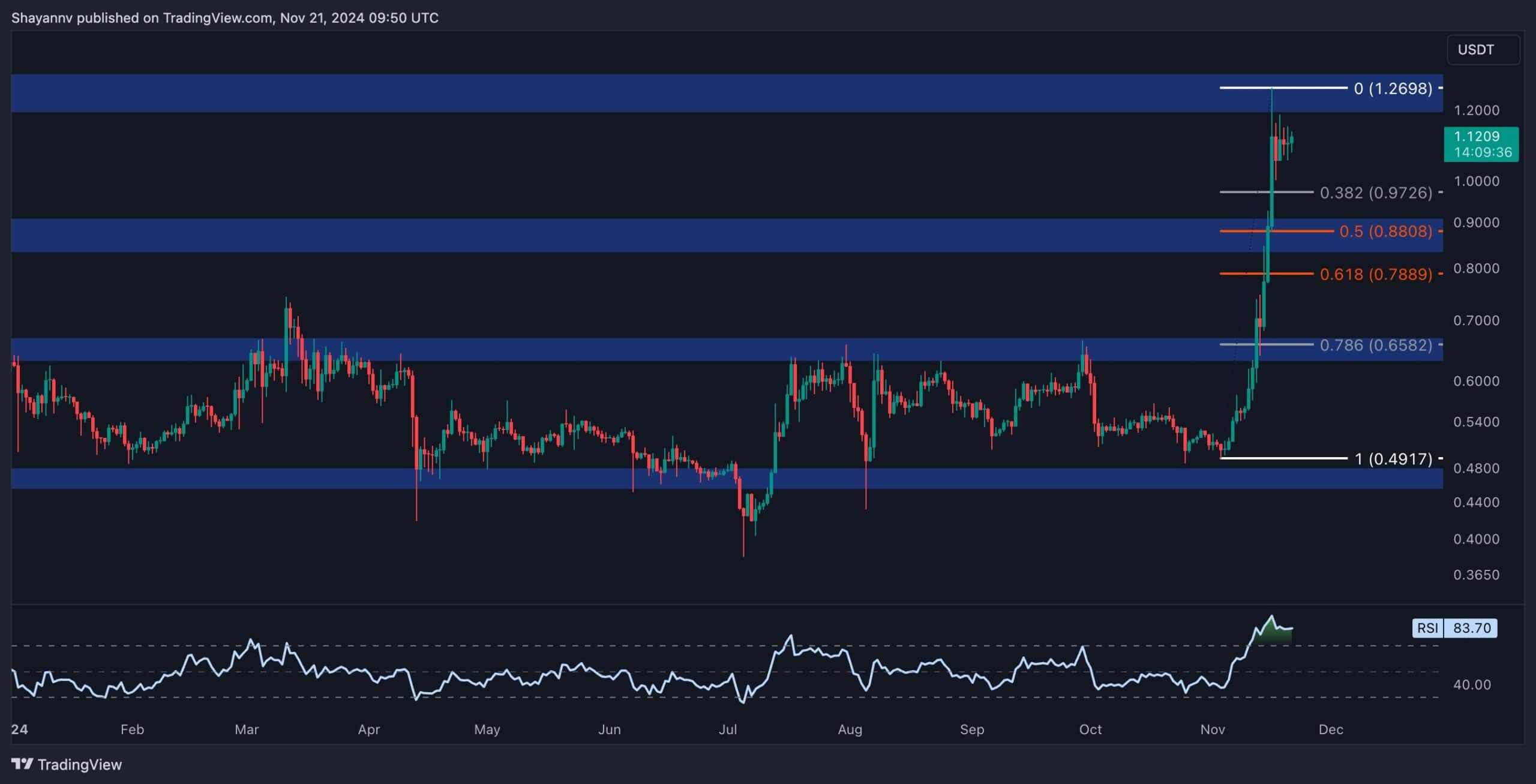
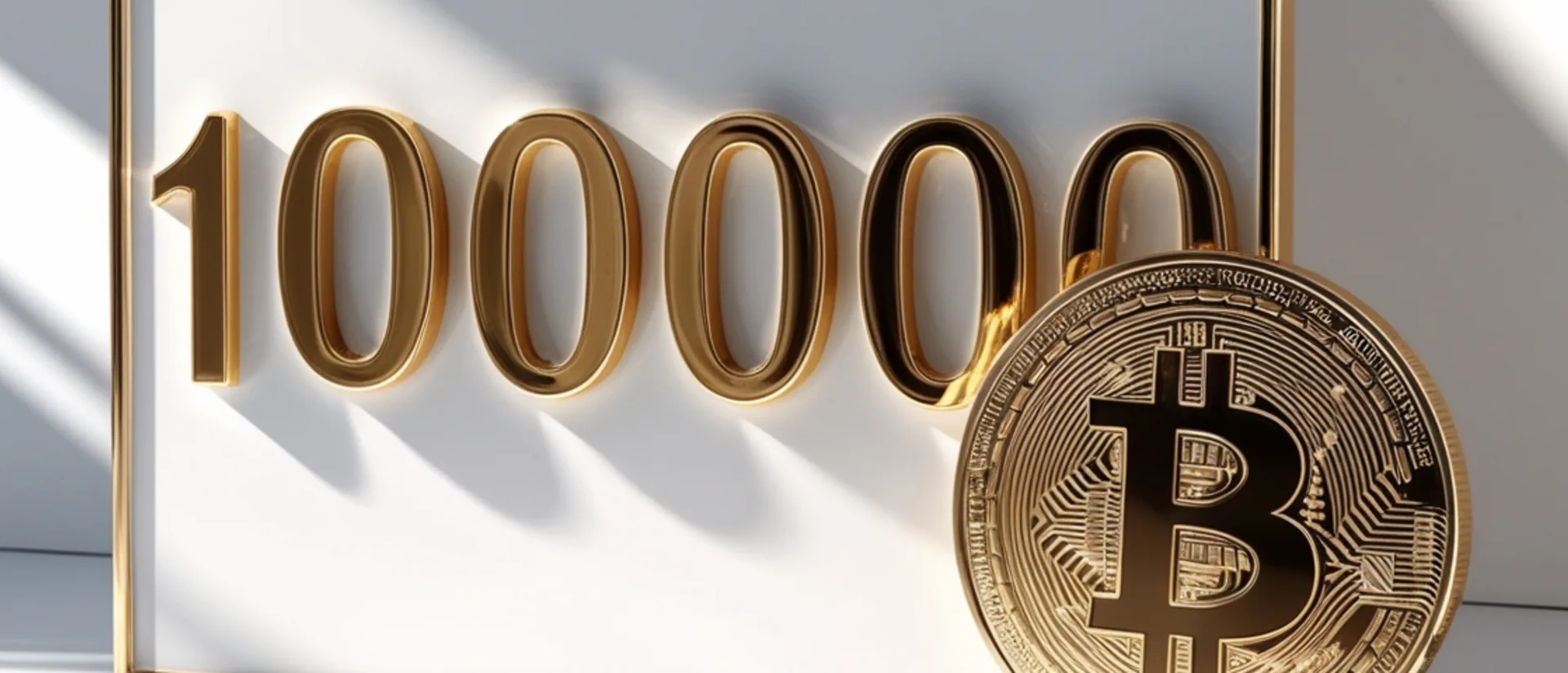
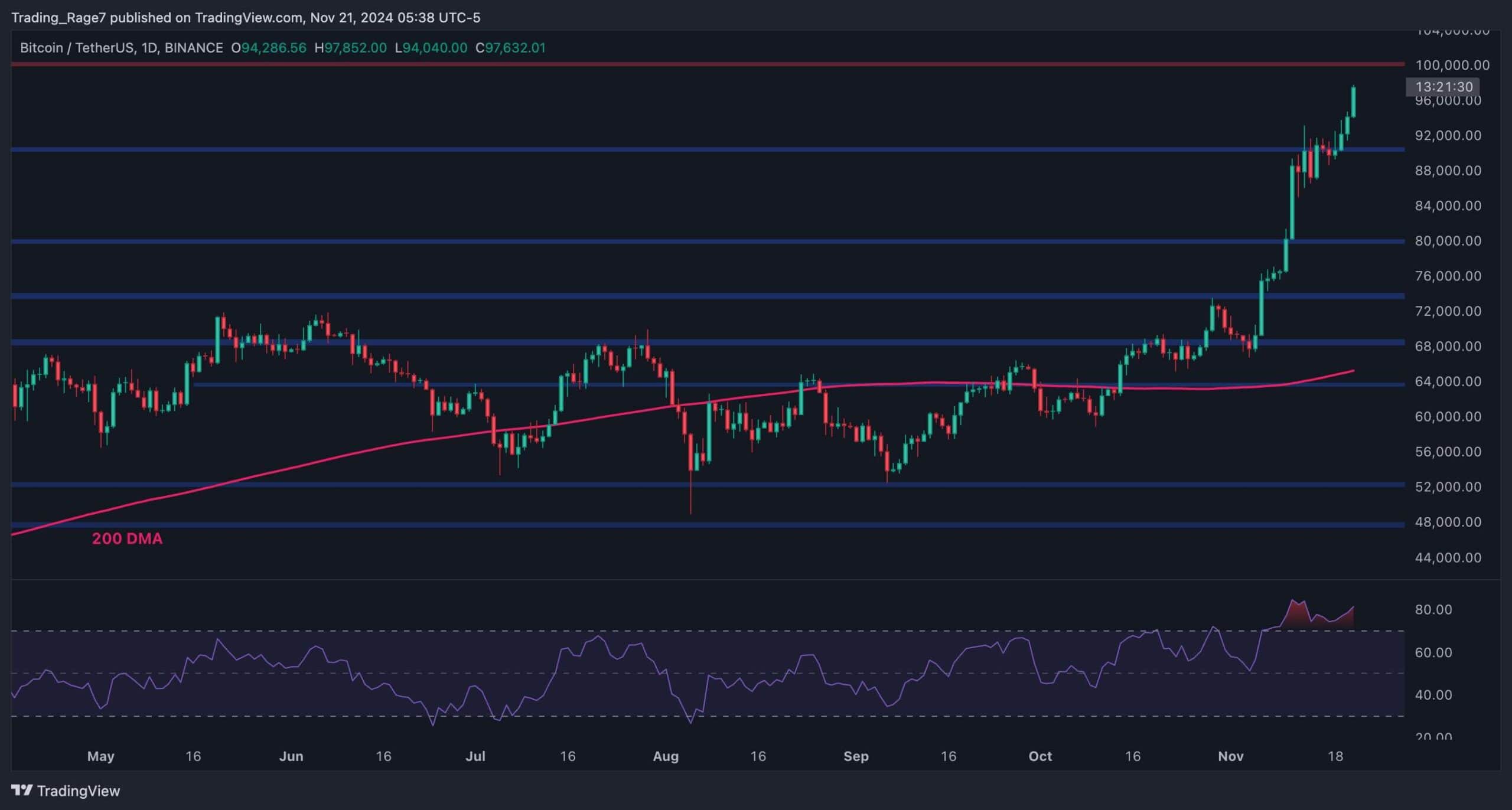
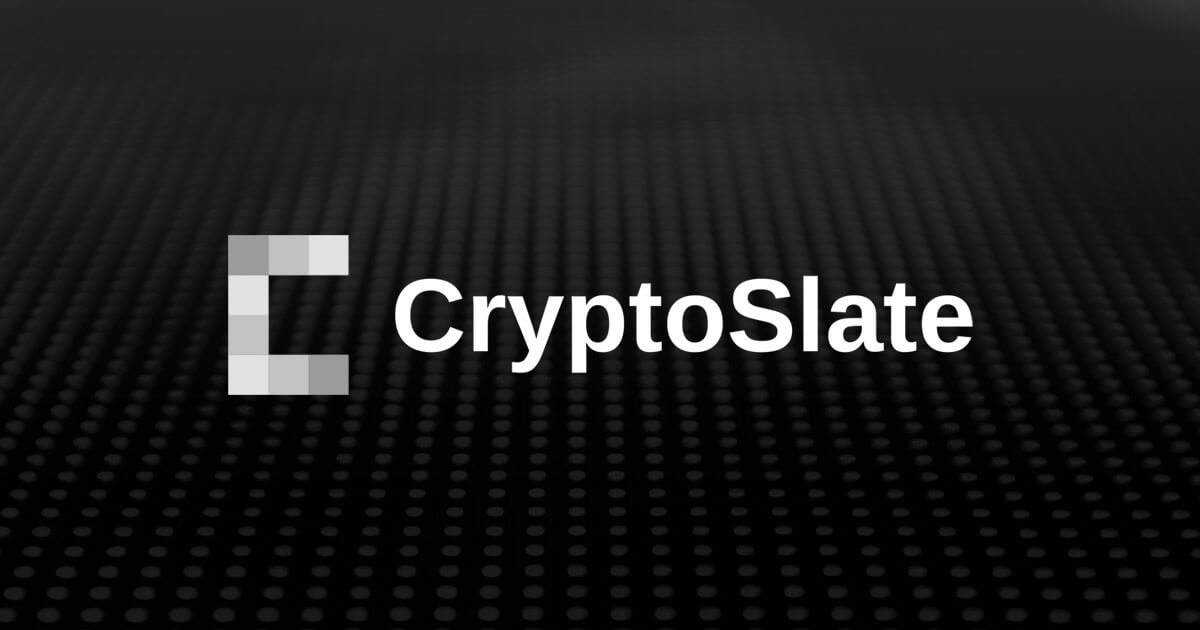
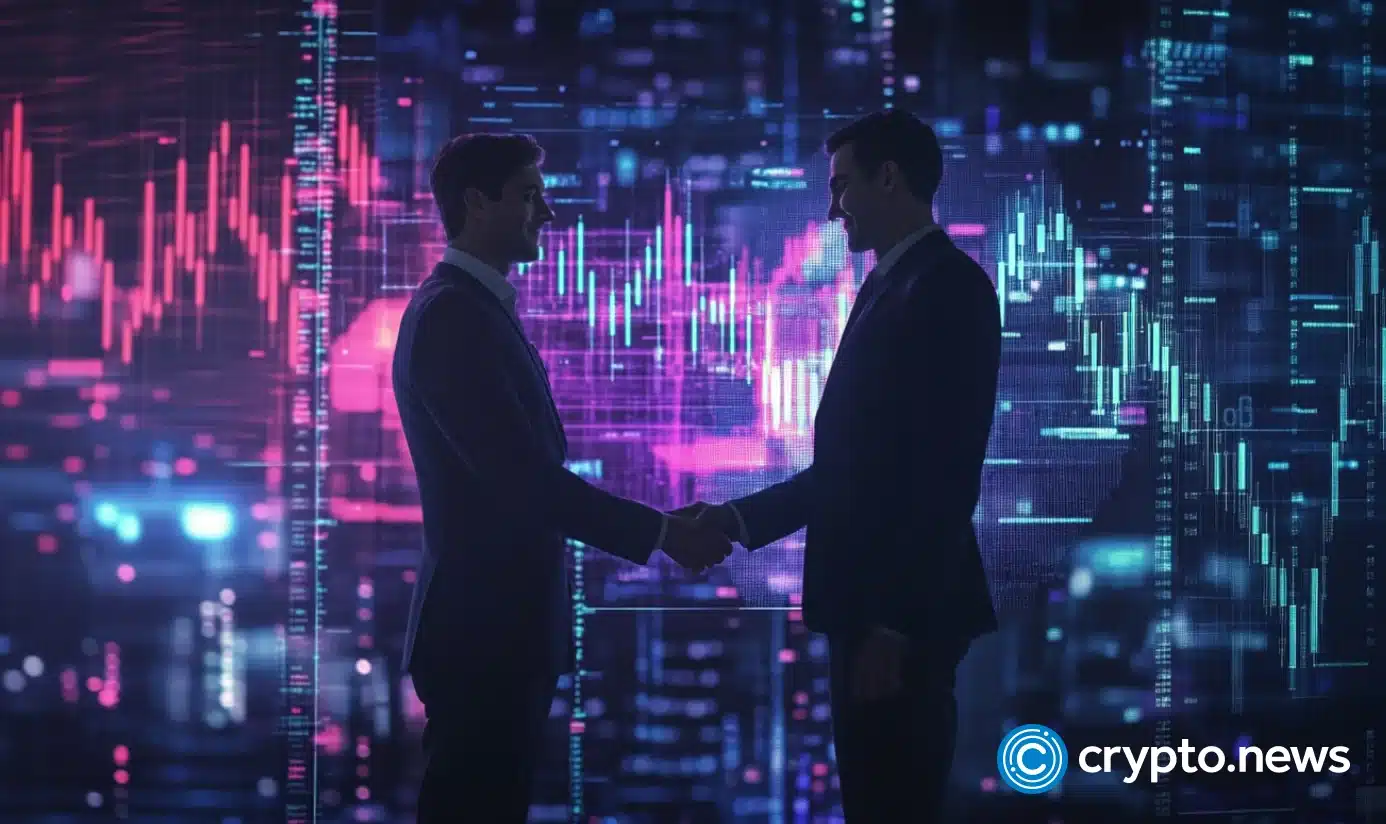
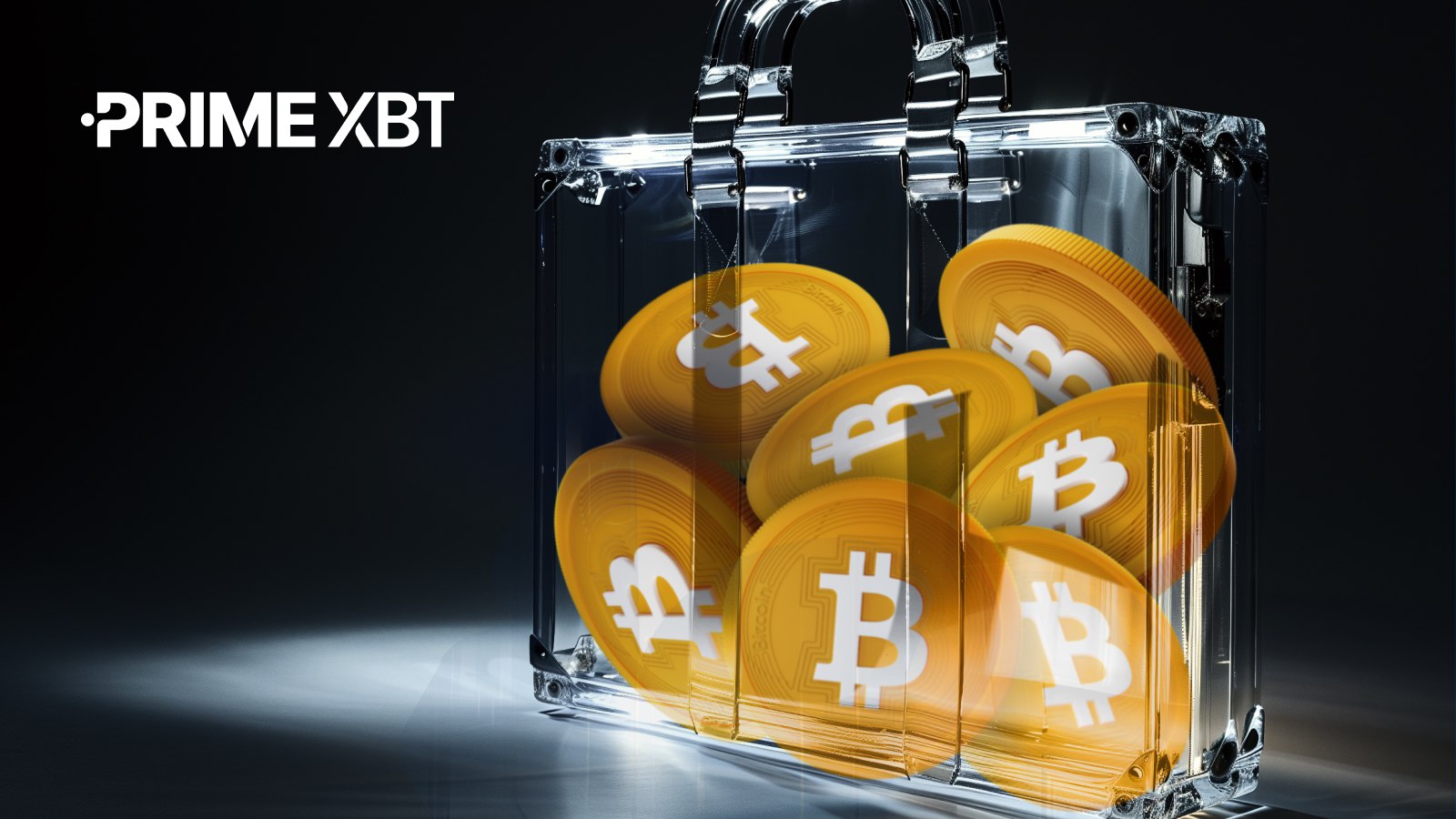
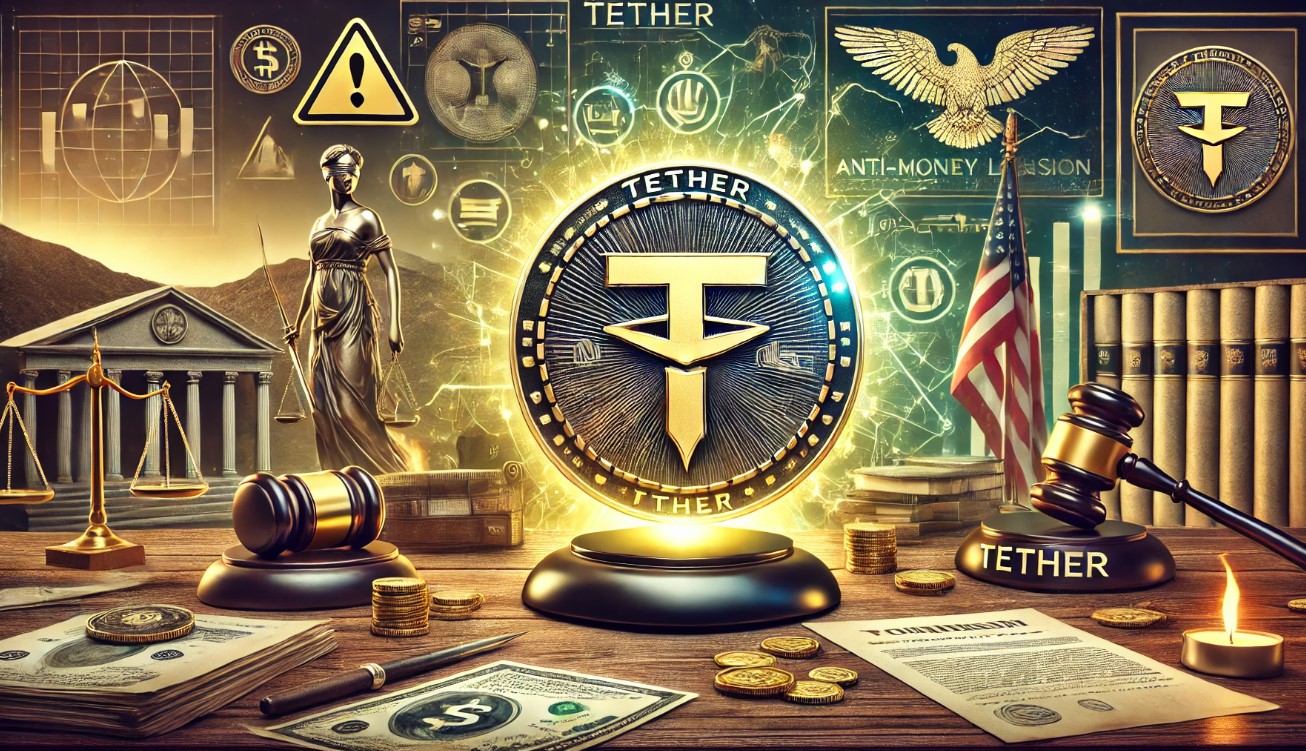
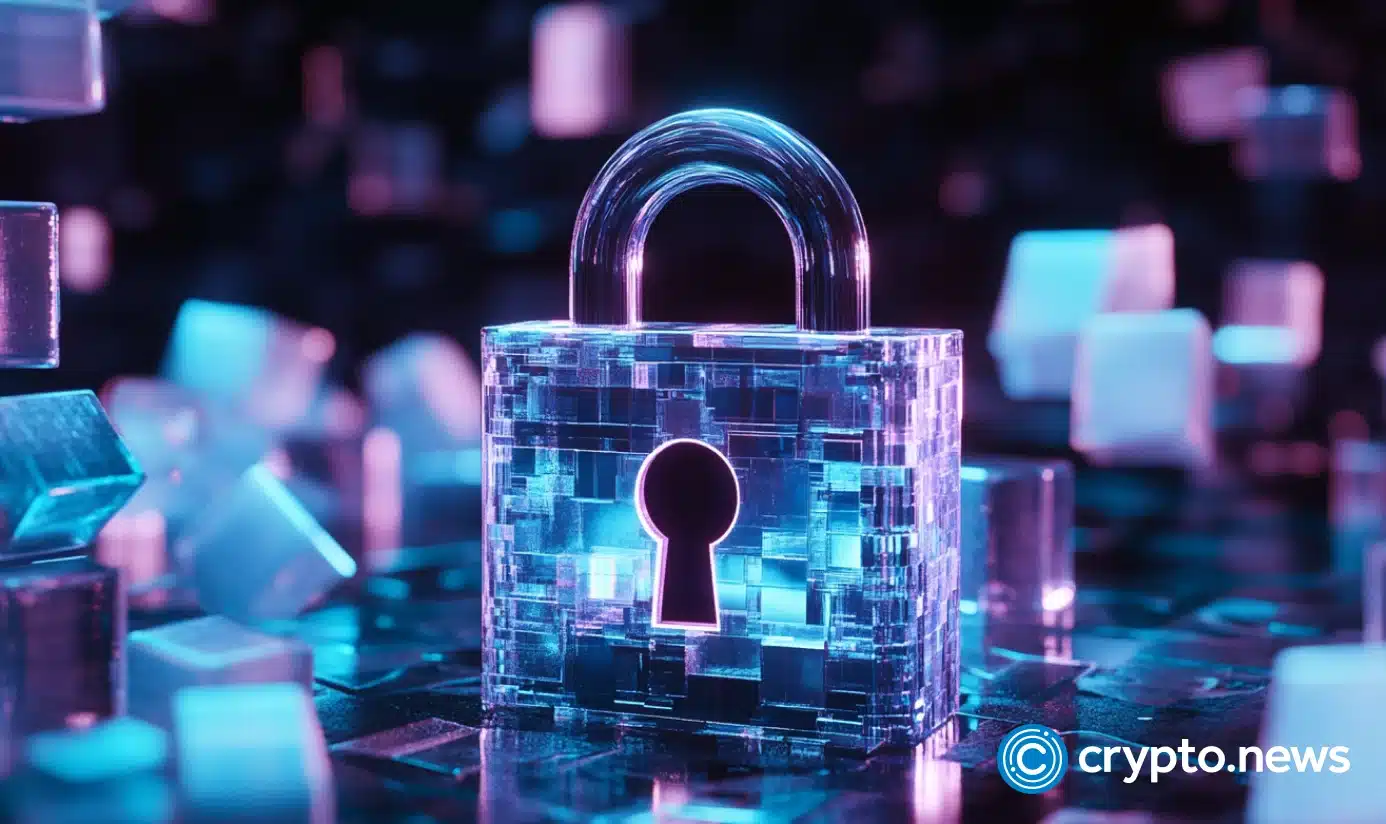




 English (US) ·
English (US) ·